
Help keep the database free, Buy from Amazon or donate today !!

Back to Database
|
HOME FACEBOOK GROUP GALLERY ABOUT US GLGD BLOG LIBRARY THING (Where we share books) CONTACT |
Founded in 1910 in Akron, Ohio.
Moved in 1914 to Clarksburg, WestVirginia
Closed in 1951
Akro-Agate was founded in 1911 in Akron, OH by Dr. George Rankin, Gilbert Marsh and Horace Hill. The company moved to Clarksburg, WV in 1914.
They made a special type of glass that consists of combining colors together to produce a "marbelized" product called marbles. The first product. Marbles are tiny balls of glass that children played and traded. The largest marbles were called ''aggies'' and they were especially desirable. This famous game was played by drawing a circle or hole in the sand and competing for marbles by winning them. Today, marbles is still a widely played game.
Many beautiful and prized marbles, most of which made by Akro Agate, are now collected by type and style or used in jewelry; especially rings.
In the 1930s a new game called "Chinese Checkers" involved the use of marbles. The Clarksburg Plant furnished the marbles for this game.
In addition to marbles, the company made ashtrays, lamps, candlesticks, knives, vases for the florist trade, lithographic balls, jars for cosmetic companies, chidren's dishes and miscellaneous glass novelties primarily in opaque and striated marbelized opaque colors like the marbles. Transparent colored glass objects were also made. Some pattern styles include concentric rings, ribbing, embossed deco decor, embossed floral decor, wide rib, solid handles. Akro Agate dinnerware today is considered depression glass.
Around 1951 the Master Glass Company of Bridgeport took over the assets of Akro-Agate. This company started in 1930 in Anmore and also made marbles plus other products. They moved to Bridgeport in 1941. In 1974 Master Glass ceased operations.
"Identification of Akro Agate items can usually be ascertained by the presence of the fetching company trademark crow, "A-kro" with marbles in its beak and claws. The mark was not always used, but on pieces where it is missing, the Akro colors speak for themselves. Candlesticks, glass knives and lamps were usually unmarked." (2)
Some items have been remade from the same molds without the trademark by other parties since 1951, but Dr. Appleton has mentioned most of these recent items in his book, Budd Appleton's AKRO AGATE (1972, privately published), and believes the new to be distinquishable from the original." (2)
Reference:
(1) Depression Glass & American Dinnerware, Kovel, 4th Edition;
(2) Colored Glassware of the Depression Era 2, Hazel Marie Weatherman, 1st Edition.
Member Websites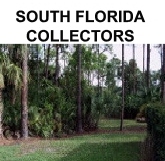

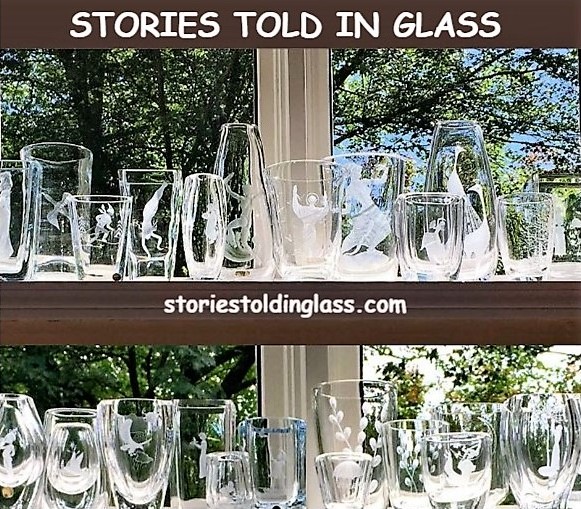
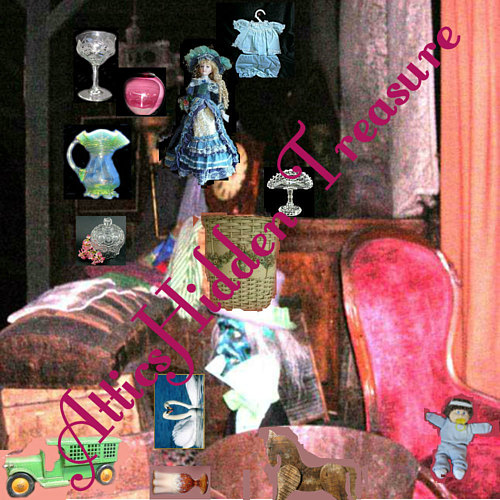
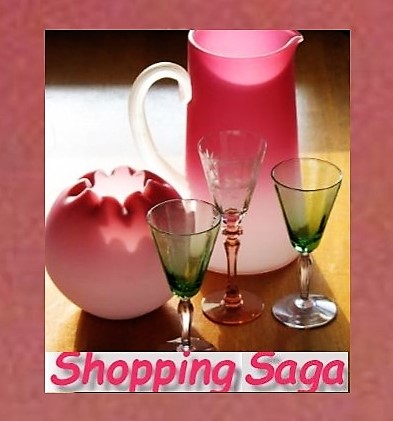

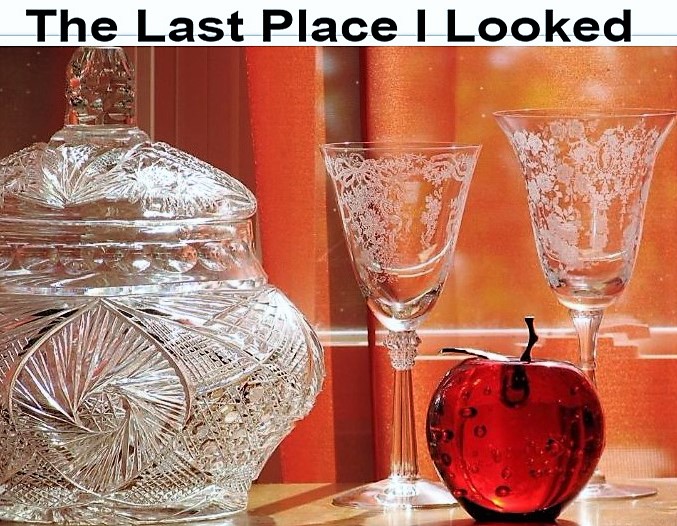

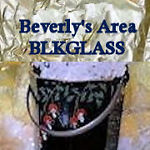
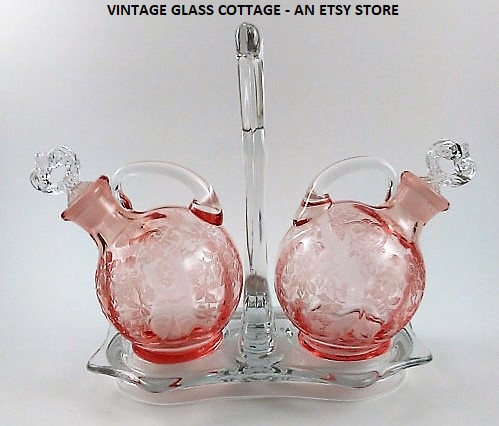

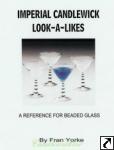
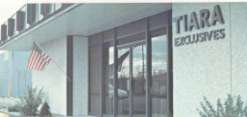

|
Office Depot Coupons
DISCLAIMER
© Glass Lover Glass Database aka GLGD, 2006-2019, all rights reserved.
Copying material from these pages for reproduction in any format is expressly forbidden without permission.





